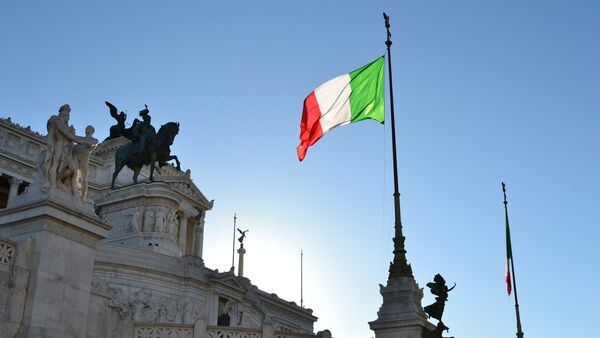This year could further complicate Italy's political landscape. The Mediterranean country has abundant and constantly shifting party alliances, meaning any result will be much more complex than it seems on first glance. European experts have repeatedly said that Italy's immediate political future cannot be read from the voting results: The coalition deals matter.
The main parties to watch are Forza Italia (center-right), the Democratic Party (PD) and the Five Star Movement (M5S). The main three politicians to follow are Silvio Berlusconi (Forza Italia), Matteo Renzi (Democratic Party) and Luigi Di Maio (Five Star Movement).
Di Maio has ruled out any coalition deals. However, experts believe that in the absence of a clear winner he still could enter into some agreements with center-right Forza Italia, run by comeback king Berlusconi.
Berlusconi, who cannot become prime minister again, suggested he might name Antonio Tajani, president of the European Parliament, for the role if Forza Italia wins.
READ MORE: Political Stress Test: How Far Does Populist Sentiment Go in Italy?
Still, the most likely scenario experts envision is a victory for the center-right coalition forged by four right-wing parties: Forza, Matteo Salvini's anti-immigrant separatist Lega (formerly Lega Nord, or Northern League, which has decided to soften its animosity toward southern Italy), Giorgia Meloni's far-right Fratelli d'Italia (Brothers of Italy) and Rafaele Fitto's small party Noi con l'Italia (Us with Italy).
In 2017, the Italian Parliament adopted a hybrid voting system, under which 36 percent of the seats are allocated by a first-past-the-post system, while 64 percent are given through proportional representation. The mixture is called "Rosatellum." It is believed to benefit coalitions and alliances and to work against M5S.
Voting takes place between 7 a.m. local time (6 a.m. GMT) and 11 p.m. (10 p.m. GMT). The final outcome is expected to be announced before Monday afternoon.


